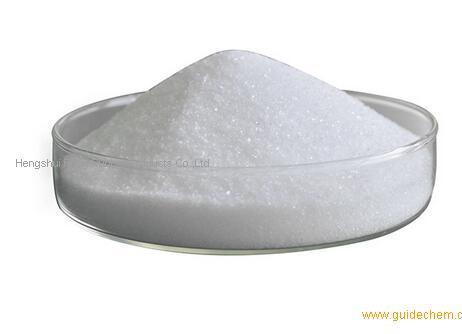You are about to prepare 6.0 g of aspirin. Your first task is to select the appropriate apparatus for the reaction.

Which apparatus will you choose?
You are about to prepare 6.0 g of aspirin. Your first task is to select the appropriate apparatus for the reaction.

Which apparatus will you choose?